We know how moon looks form Earth but what does it look like form the other side? Here is a view of our Moon from The Other Side.
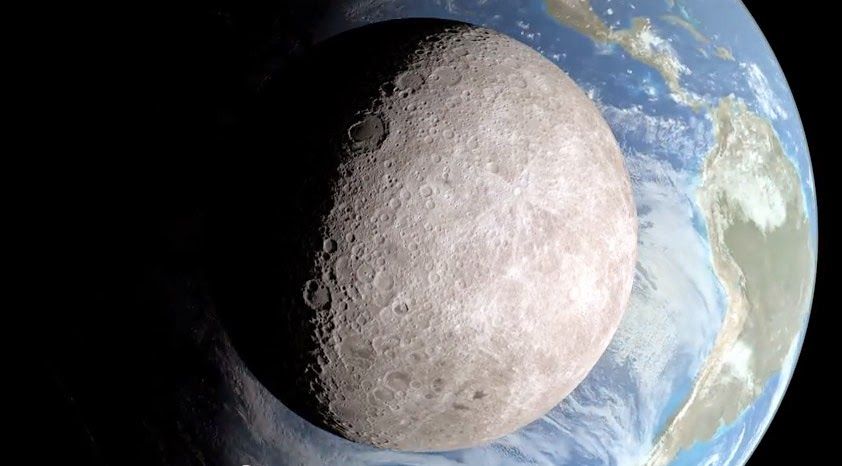

We know how moon looks form Earth but what does it look like form the other side? Here is a view of our Moon from The Other Side.
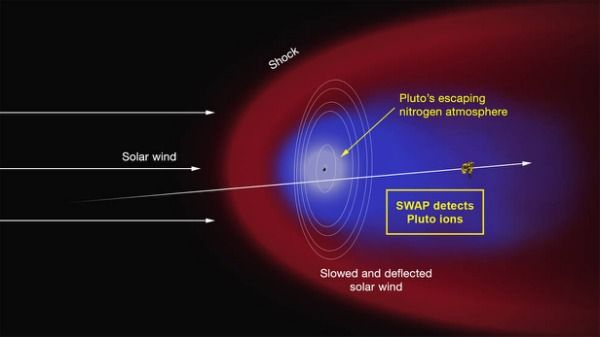
NASA and the team behind its New Horizons spacecraft announced today that Pluto — the dwarf planet — has a giant tail.
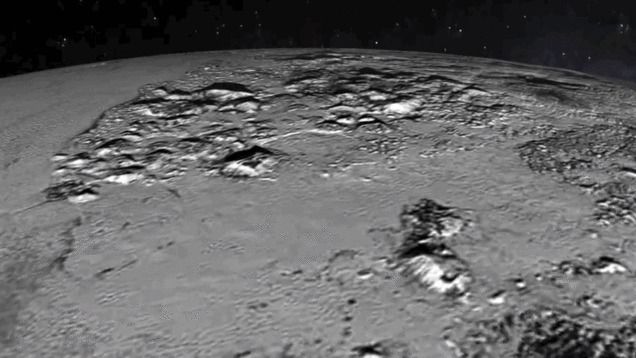
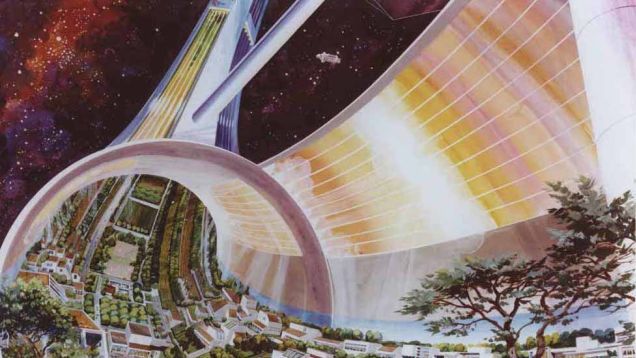
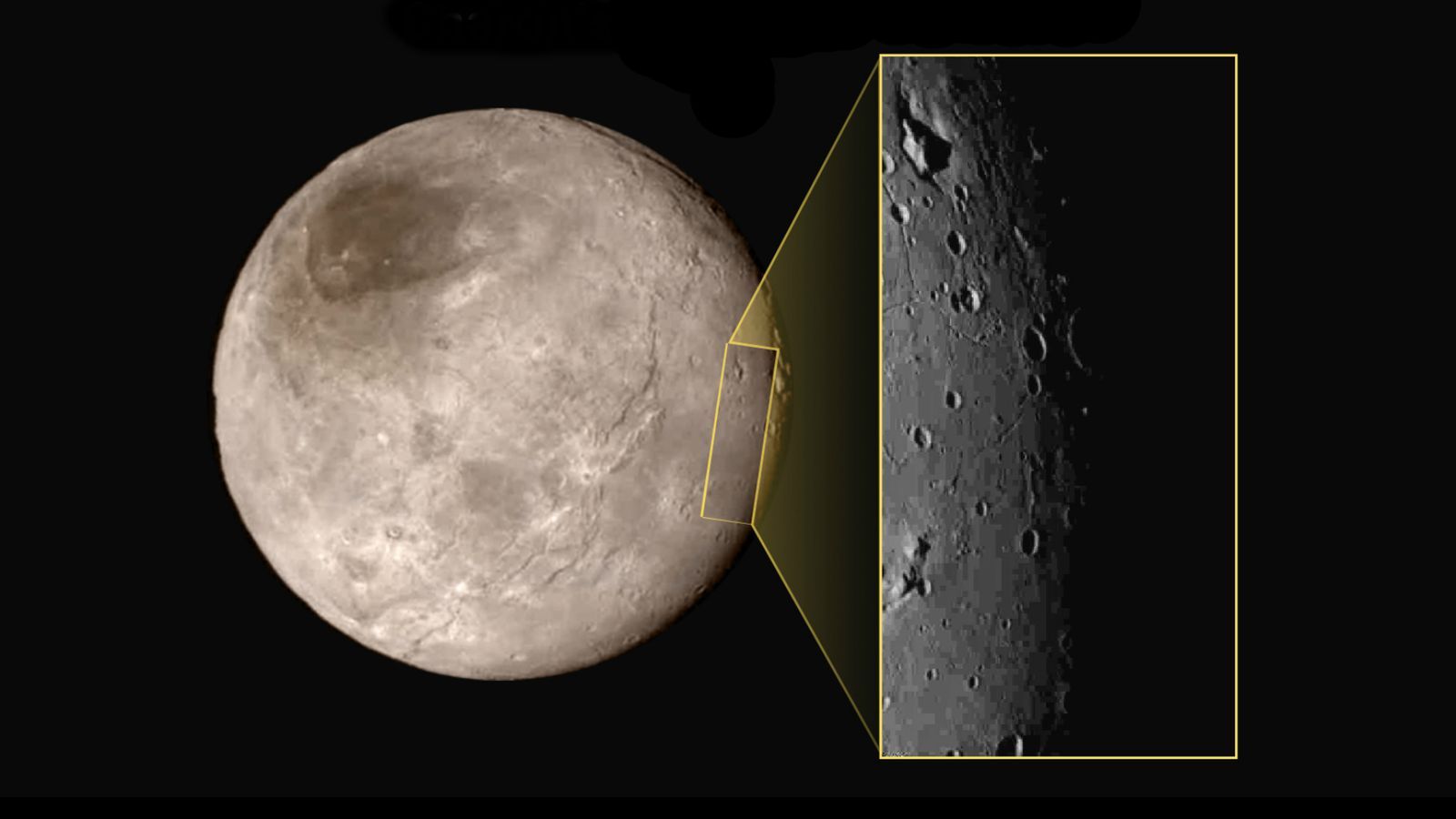
We’re getting even crisper images of Pluto’s largest moon Charon. NASA just released the first high-resolution photograph of a section of Charon’s surface, zeroing in on a feature that looks like a…
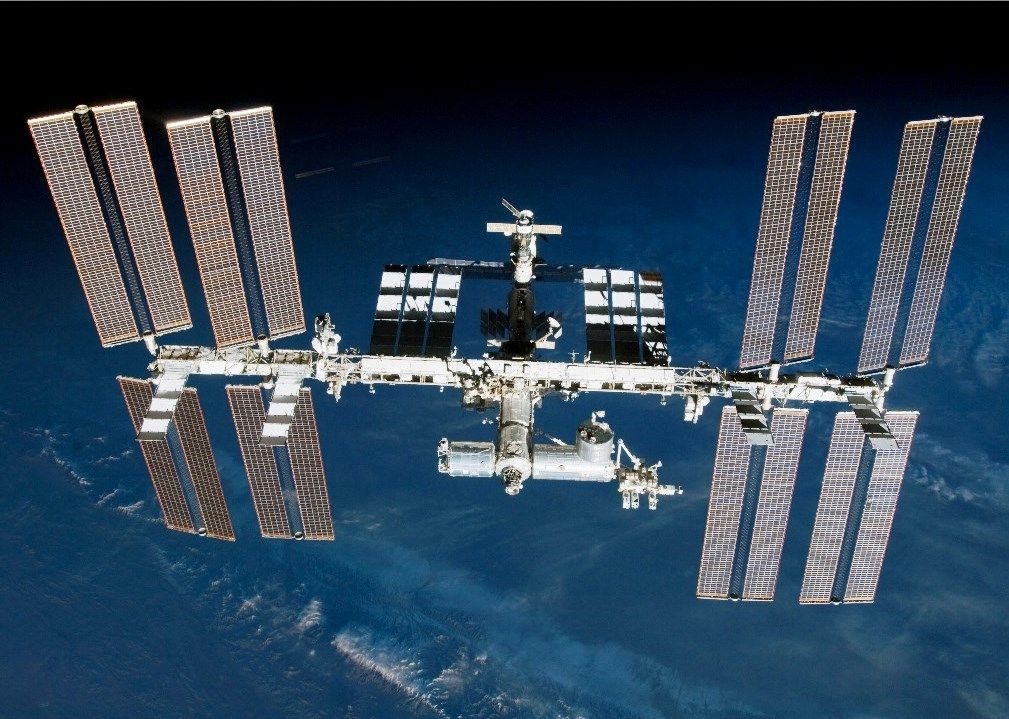
SpaceX Falcon 9 v1.1 rocket with NASA CRS 7 Dragon launches from Cape Canaveral Air Force Station’s Space Launch Complex 40 in Florida photo credit Carleton Bailie SpaceFlight Insider.
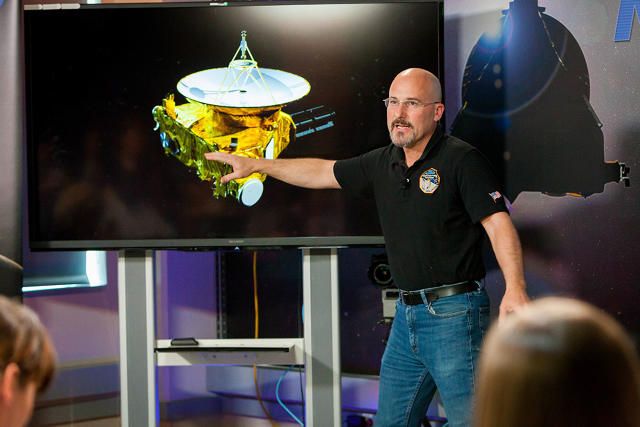
One thing you don’t expect when planning a nine-year mission to the most distant planet in our solar system is the eventuality that Pluto might not be a planet once you got there.
Yet that’s exactly what went down in 2006. That January, NASA launched its unmanned New Horizons probe, a baby grand piano-sized, 1,054-pound spacecraft, on the first-ever route to Pluto. Then, in August 2006, the International Astronomical Union demoted Pluto to the diminutive status of “dwarf planet.”

Sophia Nasr is a science writer for Simulation Curriculum’s free Pluto Safari app. You might guess that a small and distant world almost 40 times farther from the sun than the Earth is from the sun would not have an atmosphere, but in the case of Pluto, you’d be wrong. In fact, Pluto is a complex world, particularly when it comes to weather patterns.

At this point, it’s safe to say that we’re going to be receiving a new ‘highest resolution image ever’ of Pluto on a close to 24 hour basis. Yesterday, we got our first peek at geologic features on the dwarf planet’s surface. And today, New Horizons beamed back the best image to date of four mysterious dark splotches near Pluto’s south pole.
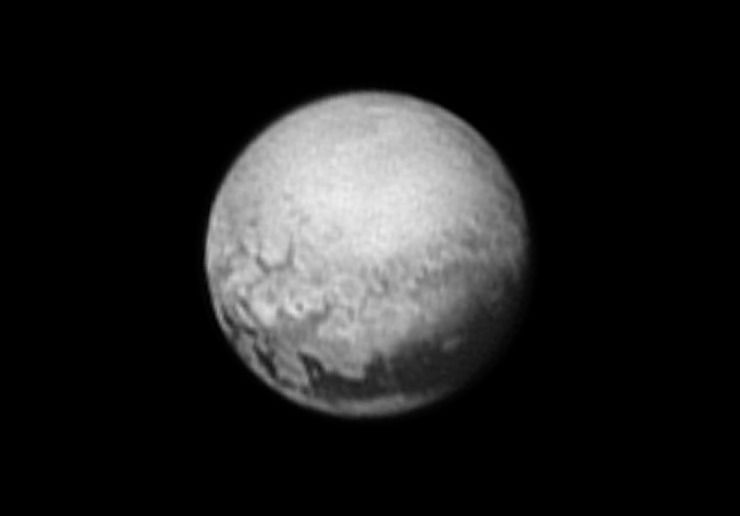
After a journey of over nine years, NASA’s New Horizons spacecraft is finally close enough to discern surface features on the cold, dwarf planet.